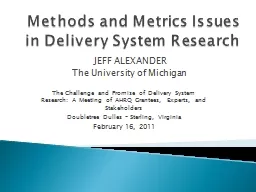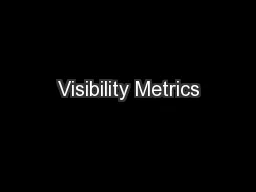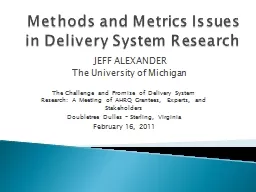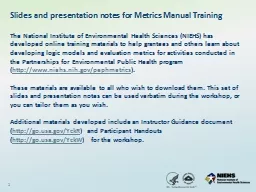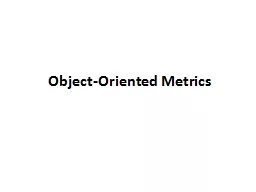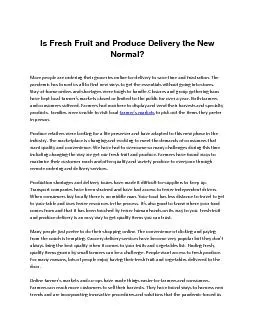PPT-Methods and Metrics Issues in Delivery
Author : danika-pritchard | Published Date : 2016-03-17
System Research JEFF ALEXANDER The University of Michigan The Challenge and Promise of Delivery System Research A Meeting of AHRQ Grantees Experts and Stakeholders
Presentation Embed Code
Download Presentation
Download Presentation The PPT/PDF document "Methods and Metrics Issues in Delivery" is the property of its rightful owner. Permission is granted to download and print the materials on this website for personal, non-commercial use only, and to display it on your personal computer provided you do not modify the materials and that you retain all copyright notices contained in the materials. By downloading content from our website, you accept the terms of this agreement.
Methods and Metrics Issues in Delivery: Transcript
Download Rules Of Document
"Methods and Metrics Issues in Delivery"The content belongs to its owner. You may download and print it for personal use, without modification, and keep all copyright notices. By downloading, you agree to these terms.
Related Documents

